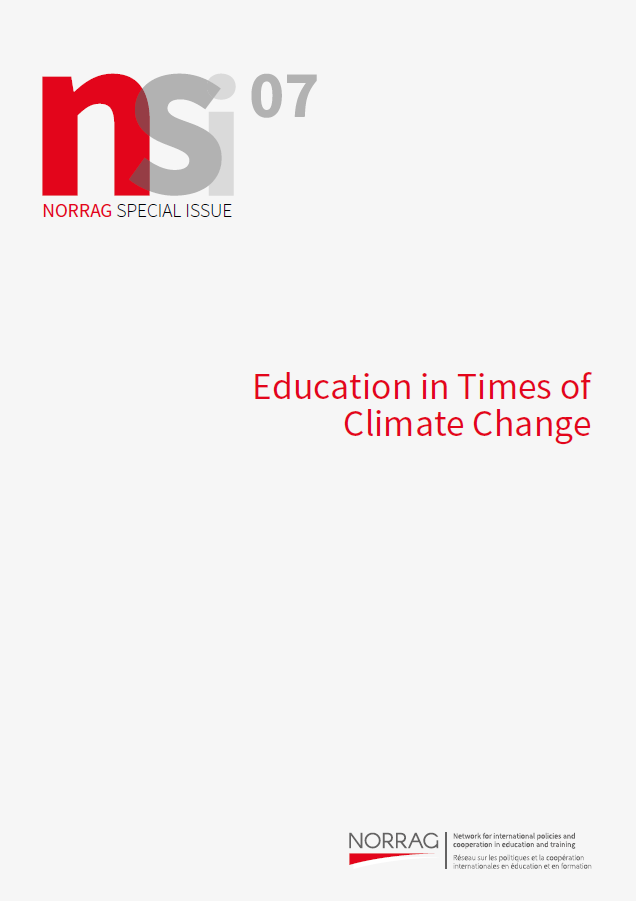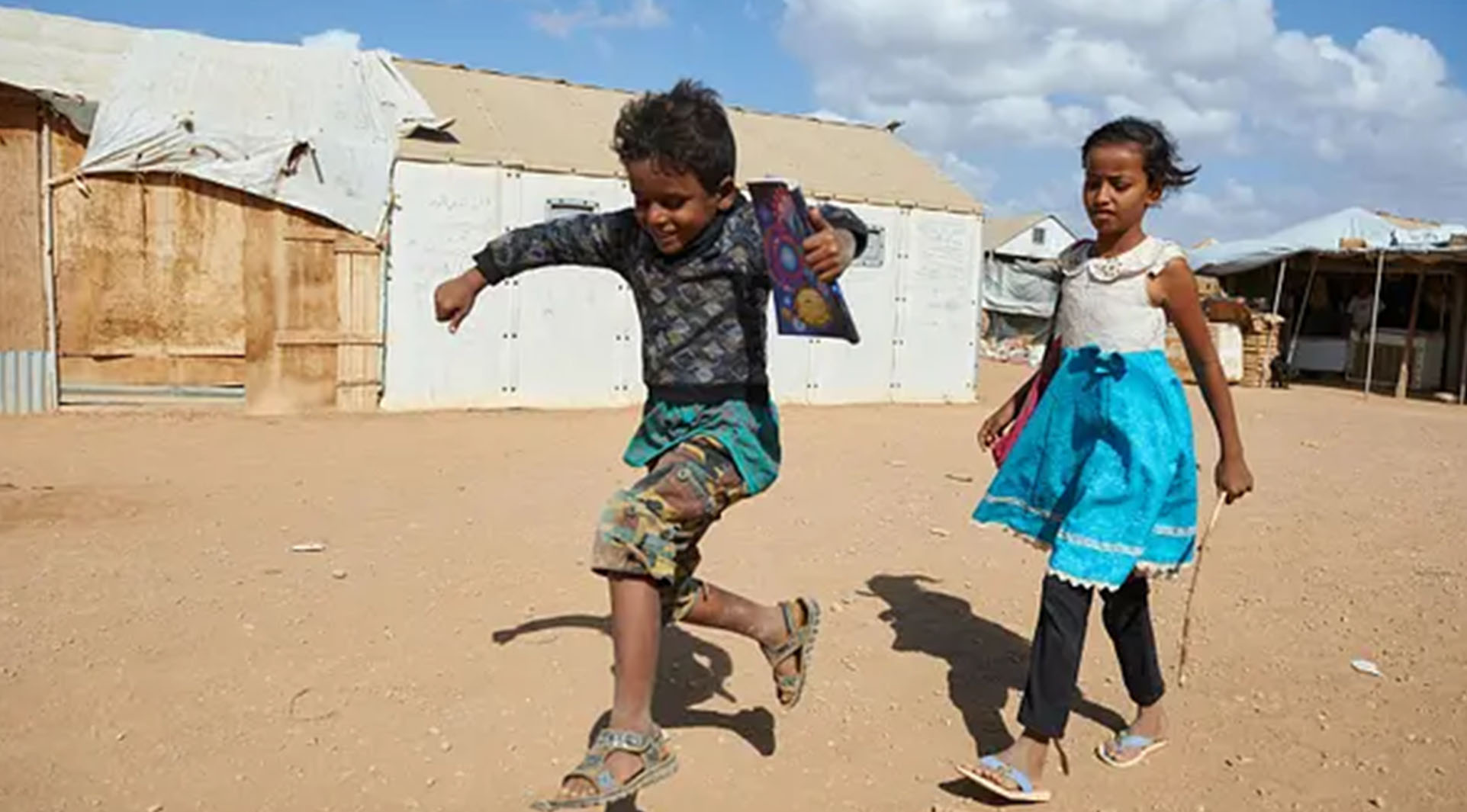New report from the Geneva Global Hub for EiE: Financing for education in emergencies coming up short in the wake of COVID-19
The Geneva Global Hub for Education in Emergencies (EiE) has launched a new report on Financing for education in emergencies coming up short in the wake of COVID-19.
Funding for EiE is falling behind. It is far from meeting the needs of the millions of school-aged children and youth affected globally by crises, who require educational support. This is the conclusion of a new report released today by the Geneva Global Hub for EiE at an event hosted by the Permanent Missions of Switzerland and Niger to the UN in Geneva. The report provides, for the first time, a comprehensive assessment of the multiple funding sources for EiE, highlighting key trends and gaps.
Click here to download the report
About the report
In 2021, humanitarian funding for EiE reached a record level of $807 million. But, with needs growing even quicker due to conflict, climate change and the COVID-19 pandemic, this was insufficient to provide millions of children safe, inclusive, and quality education.
Across UN-led humanitarian appeals, the education sector was just 22% funded in 2021 – half of what it was in 2018. Despite increased awareness of the problem, EiE continues to be an under-appreciated and under-funded part of humanitarian responses.
“As a global community, we are committed to achieving SDG4 ensuring the right to education for all children and youth. Yet, the reality is that we are currently falling behind in reaching this goal,” said Patricia Danzi, Director General of the Swiss Agency for Development and Cooperation (SDC). “In this context, I cannot overstate the importance of this new report on the current state of global financing for Education in Emergencies. The flagship report offers avenues to address the significant funding gap in EiE.”
The report proposes several actions to address the funding gap in EiE.
The tracking of funding for EiE needs to be improved to better inform decisions about where limited resources are best spent, with the study recommending the creation of a public platform linking all existing EiE data sources.
A more joined-up approach between humanitarian funding and development cooperation for EiE is also needed. Official development assistance for education in crisis countries reached $5.7 billion in 2020, more than eight times the level of humanitarian assistance. This can be leveraged further to support better learning outcomes for children, but that will only happen with greater coordination between all education actors to make sure the limited funding available for EiE is allocated to where it is needed most.
NORRAG Special Issue (NSI) 07

This month, NORRAG will launched NSI 07 “Education in Times of Climate Change.” Climate change is not a new issue for education, but new levels of consensus and concern are emerging, suggesting that new policy developments may follow, with hopefully a stronger connection to the educational opportunities, challenges and inequalities around the world and in particular in the Global South. Just how this is to be done in education at all levels, is not always clear. Educators in diverse fields need to do and share a deeper analysis of climate change education needs around the world quite urgently in order to inform policy formulation, the evaluation frameworks for success, and resourcing decisions.
Learn more about NSI 07 and NORRAG’s work on Education in Emergencies

